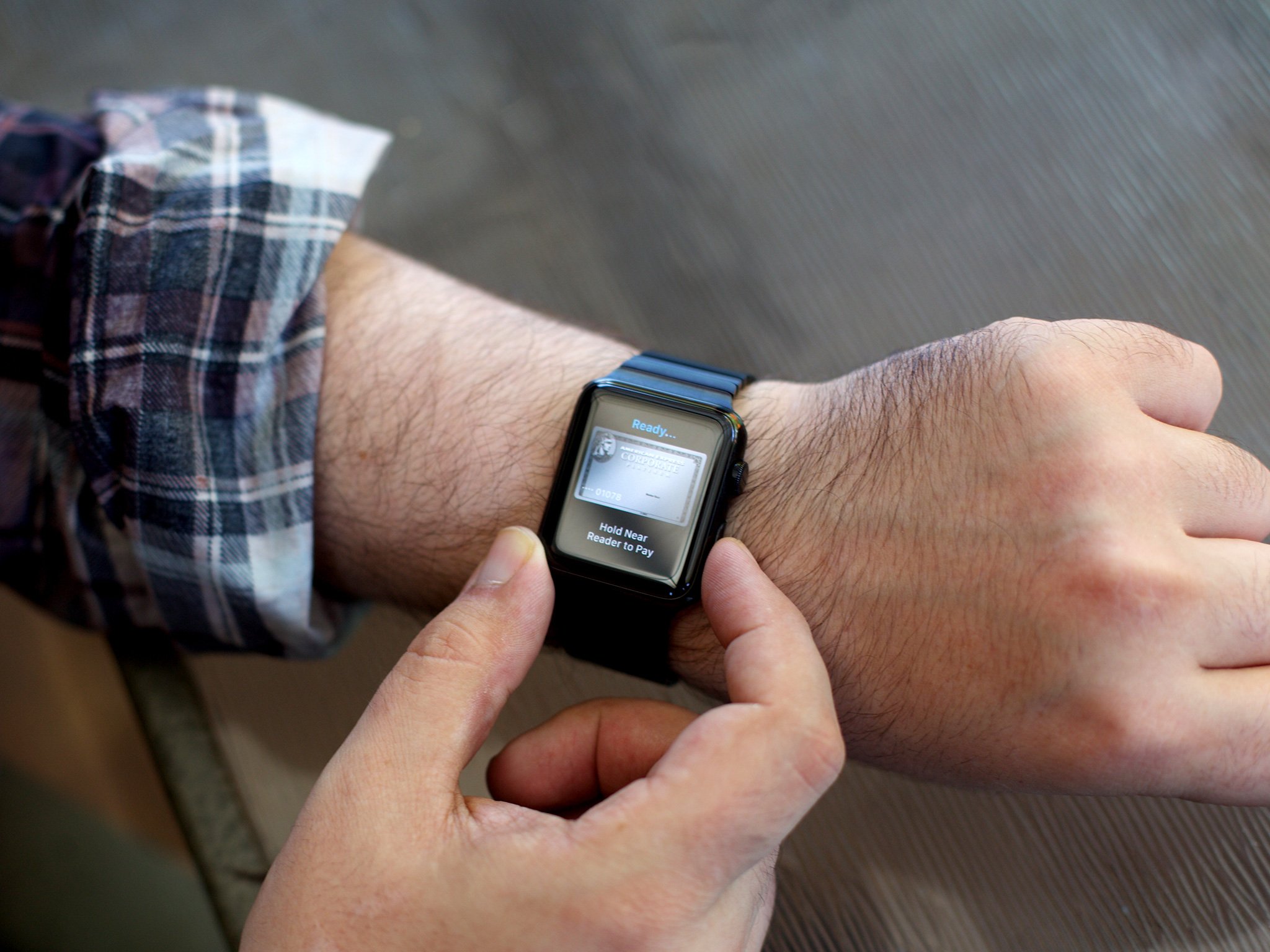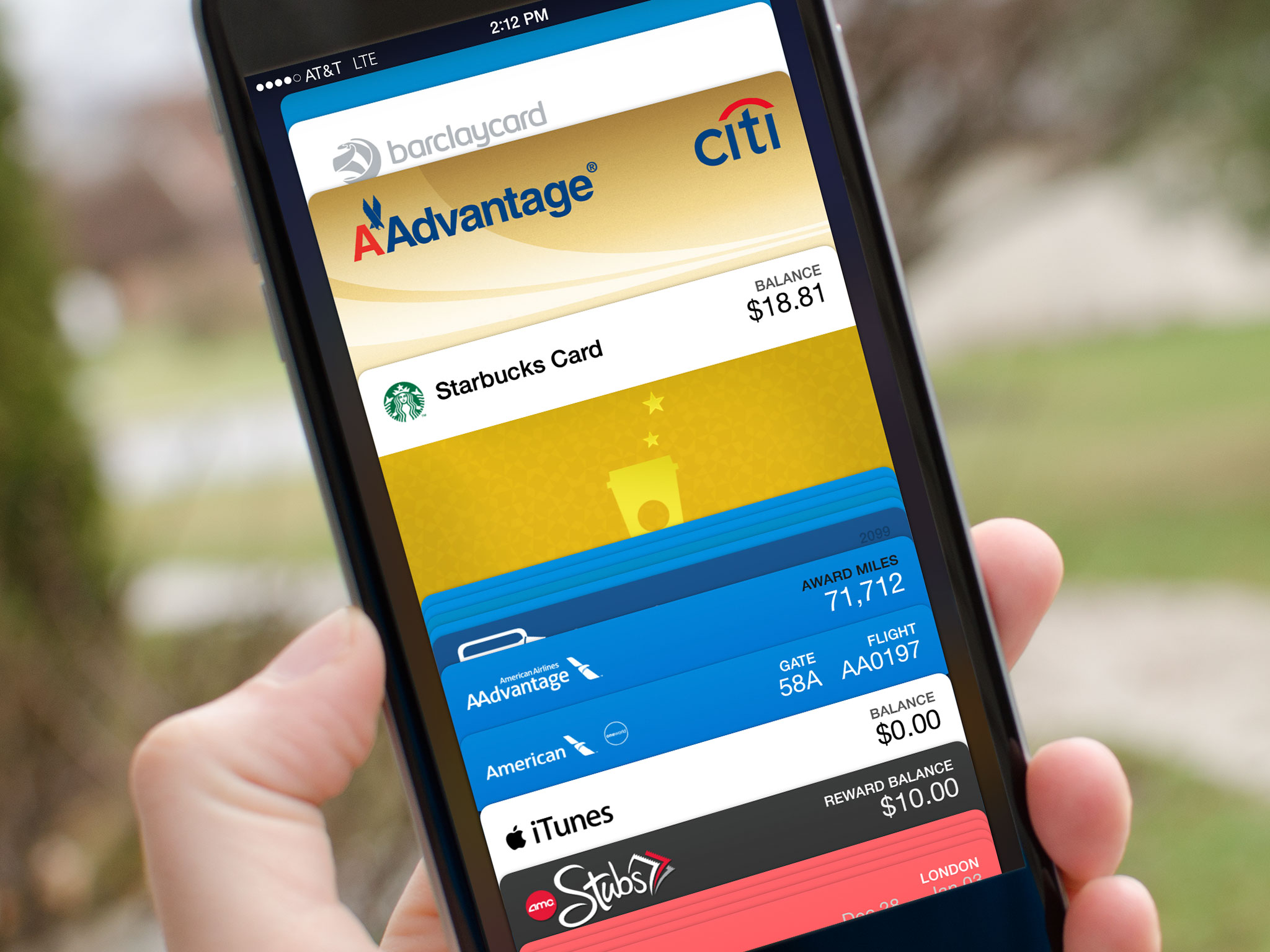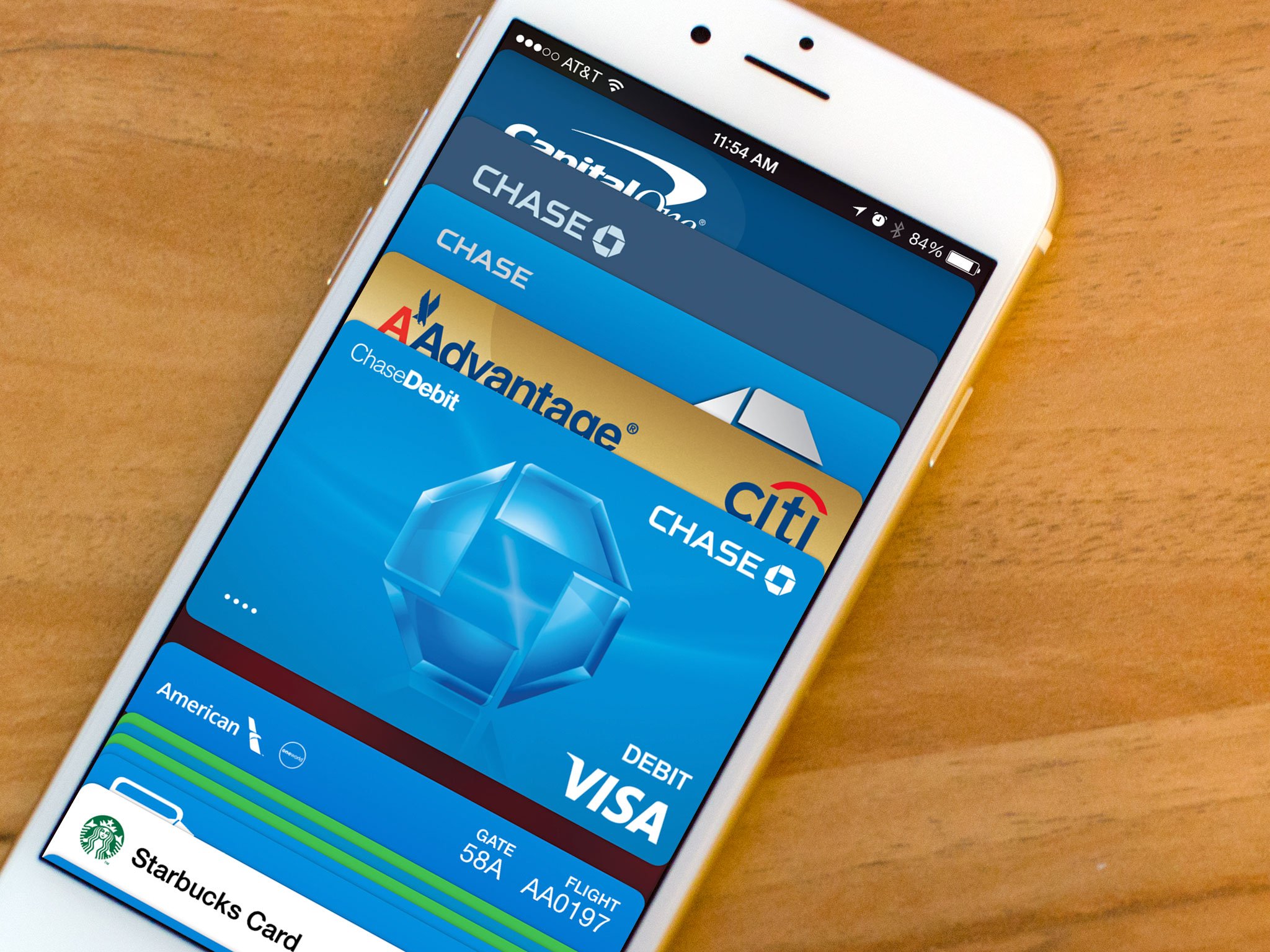
Partnership with China UnionPay will see Apple Pay hitting the world's largest market next year.
Apple Pay, Apple's easy-to-use mobile payment system for iPhone, iPad, and Apple Watch, is coming to China in 2016 in cooperation with China UnionPay. Eddy Cue, Apple's senior vice president of Internet Software and Services, had this to say:
Apple Pay transforms everyday shopping and our China users will love the incredibly convenient and secure way to pay. We're thrilled to be working with 15 of the leading banks in China, who have signed on to support Apple Pay, including Agricultural Bank of China, Bank of China, Bank of Guangzhou, Bank of Shanghai, China Construction Bank, China Ever-bright Bank, China Guangfa Bank, China CITIC Bank, China Merchants Bank, China Minsheng Bank, Industrial Bank, Industrial and Commercial Bank of China, Ping An Bank, Postal Savings Bank of China and Shanghai Pudong Development Bank.
Apple Pay launched in the U.S. in October of 2014. In 2015 it expanded to the U.K. and, recently, Canada and Australia thanks to American Express. Amex has also said it will be bringing Apple Pay to Spain, Singapore, and Hong Kong in 2016 as well.
In the U.S., Apple Pay is now accepted for credit and debit card use by every major network. 2,500 banks support it and over 1.5 million U.S. retail locations will accept it by the end of 2015. Starbucks, a pioneer in digital payments, will also start accepting Apple Pay starting in 2016.
China, in addition to being a mobile-first market, is an increasingly important one for Apple. The addition of Apple Pay, with it's blend of security and convenience, won't just make transactions easier and safer, they'll make Apple's ecosystem even more valuable.
Apple & China UnionPay to Bring Apple Pay to China
BEIJING — December 18, 2015 — Apple® and China UnionPay today announced a partnership to bring Apple Pay®, which transforms mobile payments with an easy, secure and private way to pay, to China. China UnionPay cardholders will be able to easily add their bank cards to Apple Pay on iPhone®, Apple Watch® and iPad®, providing added convenience and security to everyday shopping.
"China UnionPay is dedicated to promoting payment innovations and providing secure, convenient mobile payment experiences for its hundreds of millions of cardholders, aligning multiple parties in the industry," said Chai Hongfeng, executive vice president of China UnionPay. "We're very excited to offer Apple Pay among a diverse set of innovative payment options that work with China UnionPay QuickPass."
"Apple Pay has revolutionized the way millions of people pay every day with their iPhone, Apple Watch and iPad," said Eddy Cue, Apple's senior vice president of Internet Software and Services. "China is an extremely important market for Apple and with China UnionPay and support from 15 of China's leading banks, users will soon have a convenient, private and secure payment experience."
China UnionPay's QuickPass and Apple Pay together will protect customer payment information through industry-leading payment tokenization technology. Security is at the core of Apple Pay, so when you add a credit or debit card, the actual card numbers are not stored on the device, nor on Apple servers. Instead, a unique Device Account Number is assigned, encrypted and securely stored in a dedicated chip called the Secure Element on your device. Each transaction is also authorized with a one-time unique dynamic security code.
Paying is simple with the touch of a finger and can happen in one motion. In stores, there's no need to open an app or wake your display. With the innovative NFC antenna design, simply hold iPhone near China UnionPay's QuickPass-enabled POS terminals with your finger on Touch ID® to pay. With Apple Watch, just double click the side button and hold the watch face up to the contactless reader to make a purchase right from your wrist. Shopping within apps accepting Apple Pay has never been easier and there's no need to manually fill out lengthy account forms or repeatedly type in shipping and billing information.
Apple Pay will roll out to China UnionPay cardholders as soon as early 2016 after relevant tests and certification required by Chinese regulators, with the service itself in compliance with the applicable national mobile payment and financial industry standards in China.
In stores, Apple Pay works with iPhone 6s, iPhone 6s Plus, iPhone 6, iPhone 6 Plus and Apple Watch. When paying within apps, Apple Pay is compatible with iPhone 6s, iPhone 6s Plus, iPhone 6, iPhone 6 Plus, iPad Air® 2, iPad mini™ 3, iPad mini 4 and iPad Pro™. For more information on Apple Pay, visit http://www.apple.com/cn/apple-pay/.
As a bankcard network, China UnionPay operates China's national inter-bank clearing and settlement system, develops the worldwide UnionPay Card acceptance network, promotes the issuance and usage of the UnionPay cards as well as other innovative payment solutions, so as to provide quality, efficient and safe payment services to cardholders. To date, the total number of the UnionPay Card issued both at home and abroad has been over 5 billion. The UnionPay network has been extended to all the cities and rural areas in China. In addition, UnionPay has enabled UnionPay Card acceptance across more than 150 countries and regions through extensive cooperation with financial and payment institutions around the world. UnionPay cards can be used in more than 26 million merchants and 1.9 million ATMs. Additional information may be found at www.unionpay.com.
Apple revolutionized personal technology with the introduction of the Macintosh in 1984. Today, Apple leads the world in innovation with iPhone, iPad, Mac, Apple Watch and Apple TV. Apple's four software platforms — iOS, OS X, watchOS and tvOS — provide seamless experiences across all Apple devices and empower people with breakthrough services including the App Store, Apple Music, Apple Pay and iCloud. Apple's 100,000 employees are dedicated to making the best products on earth, and to leaving the world better than we found it.














